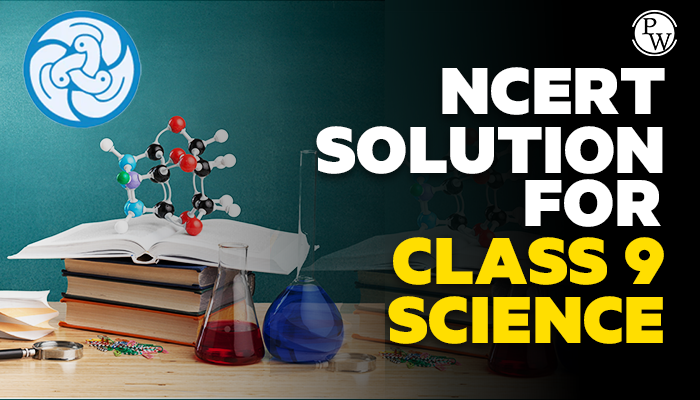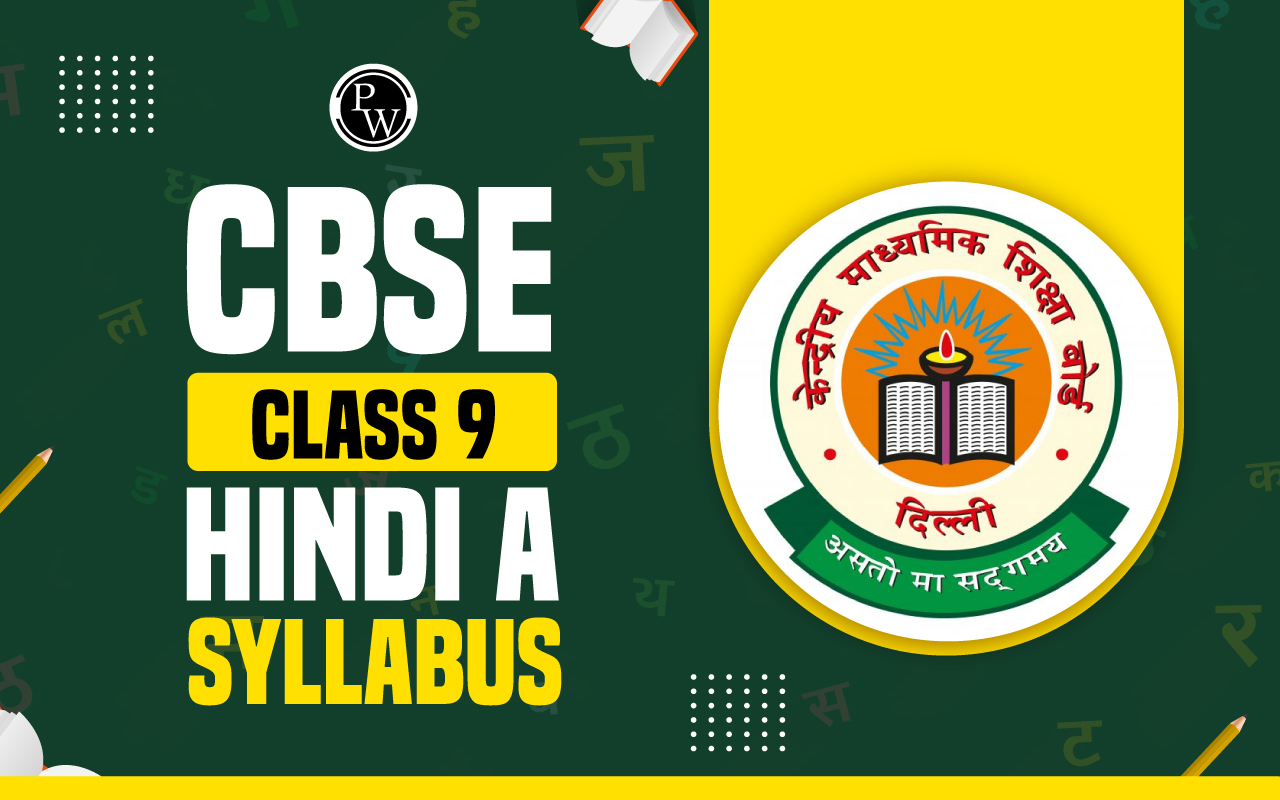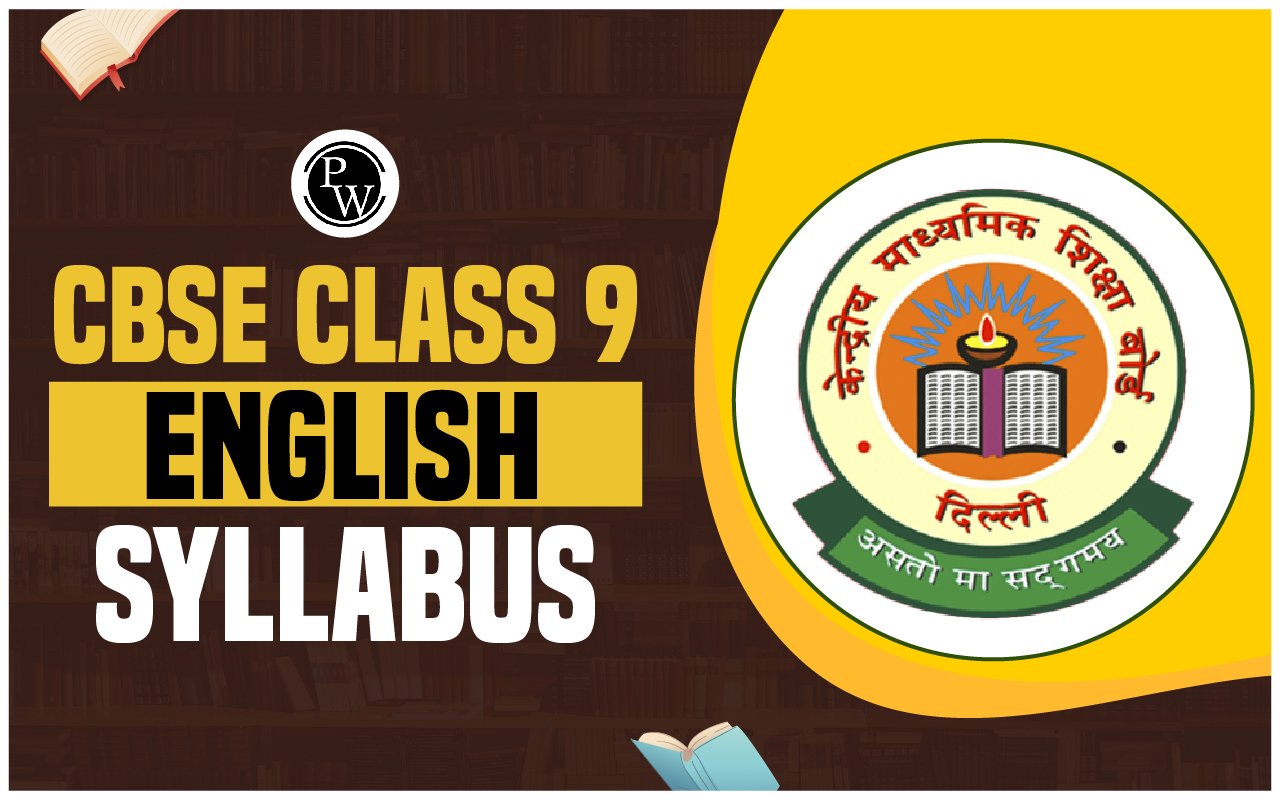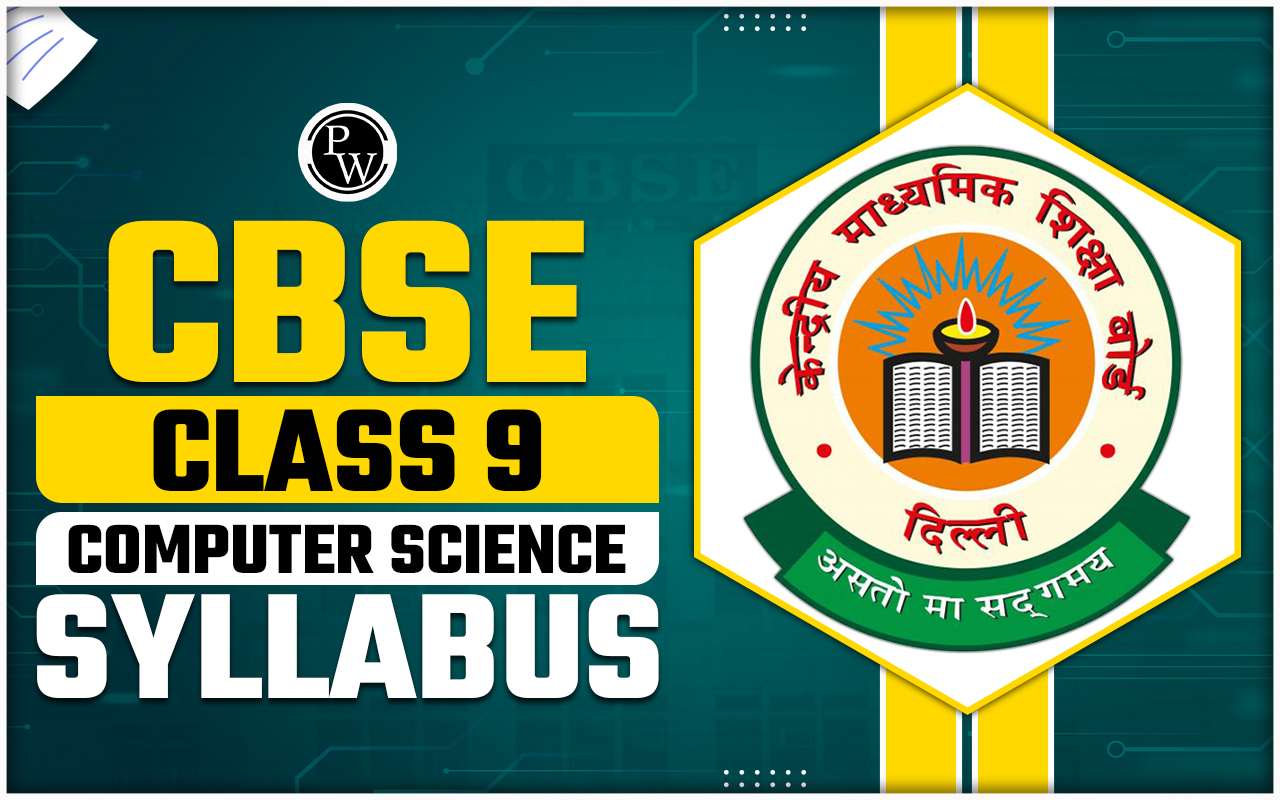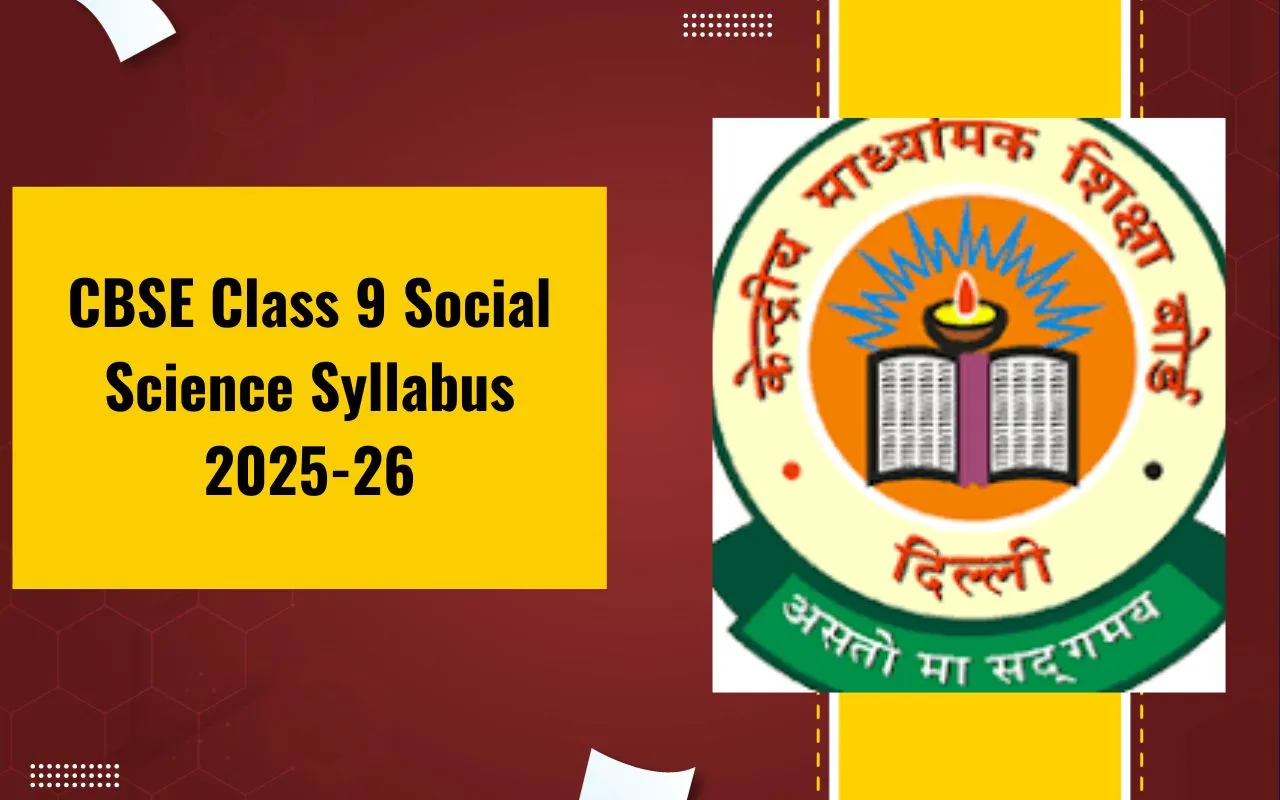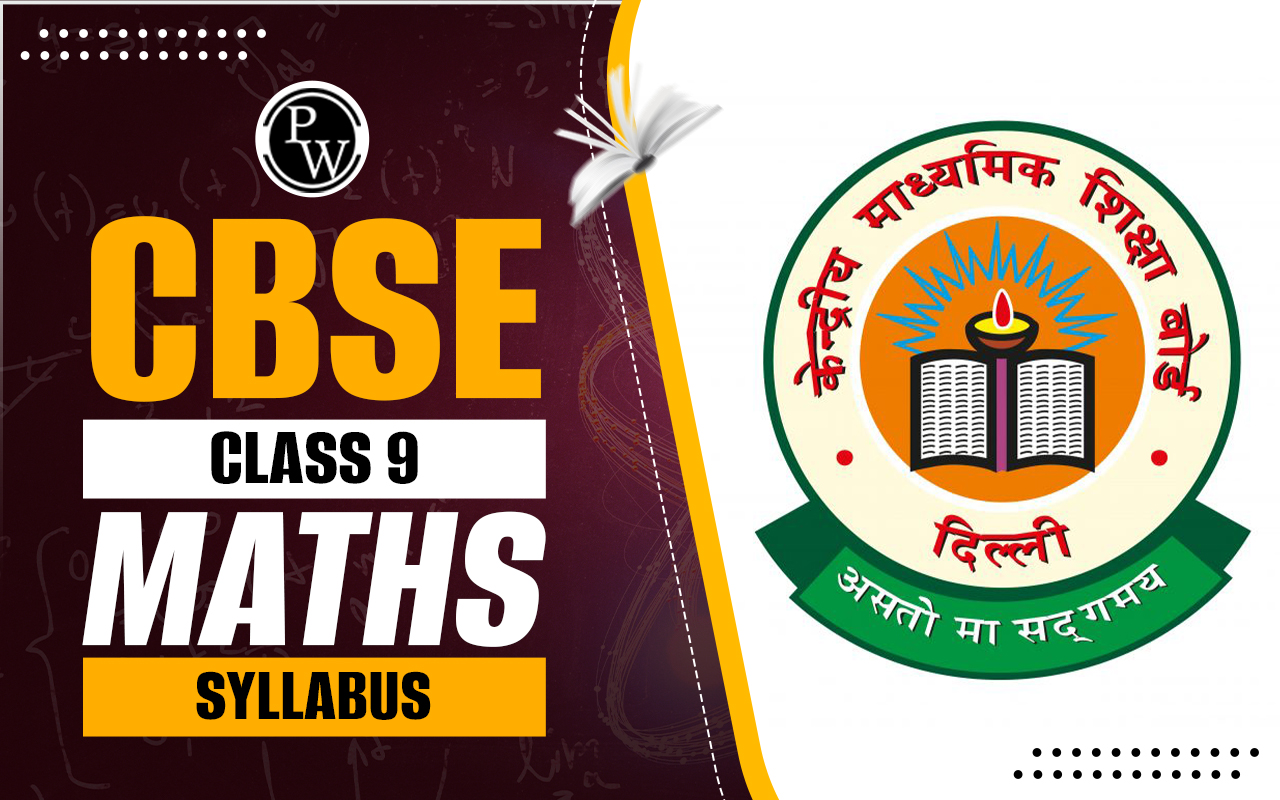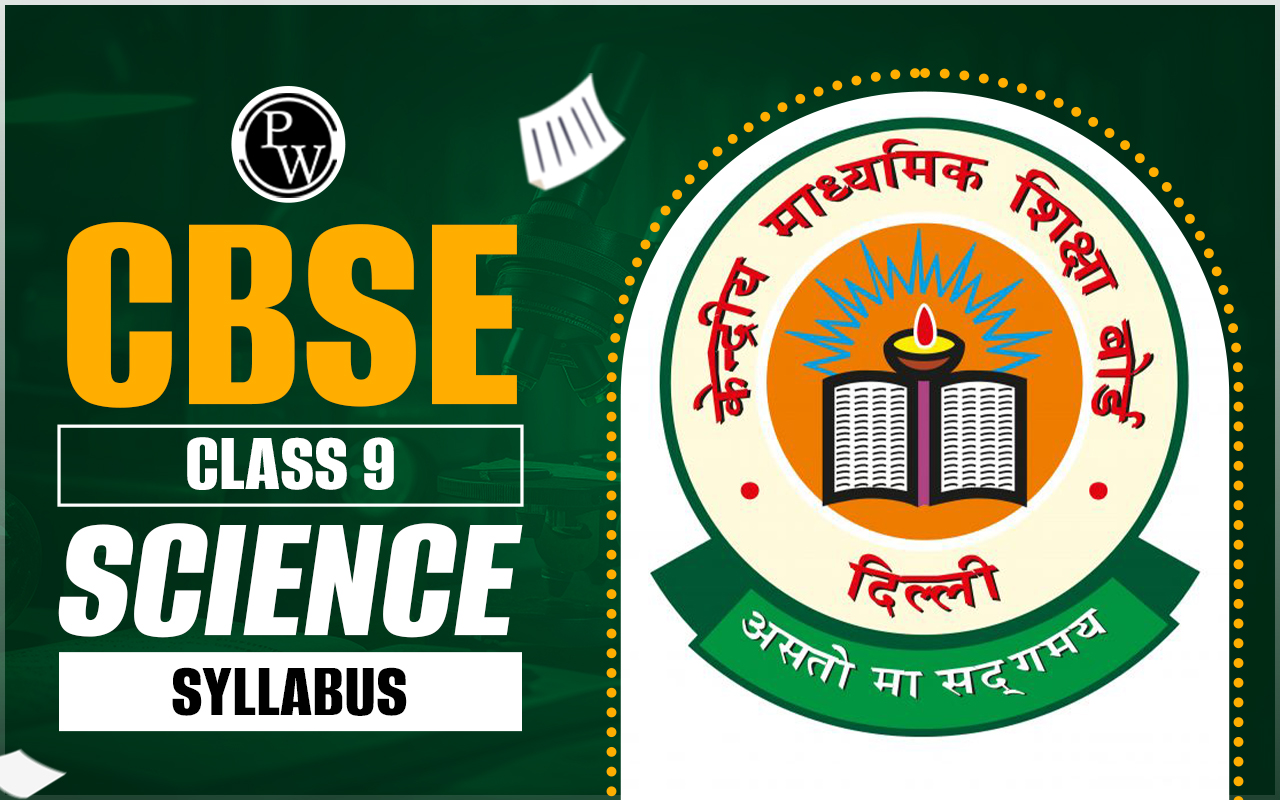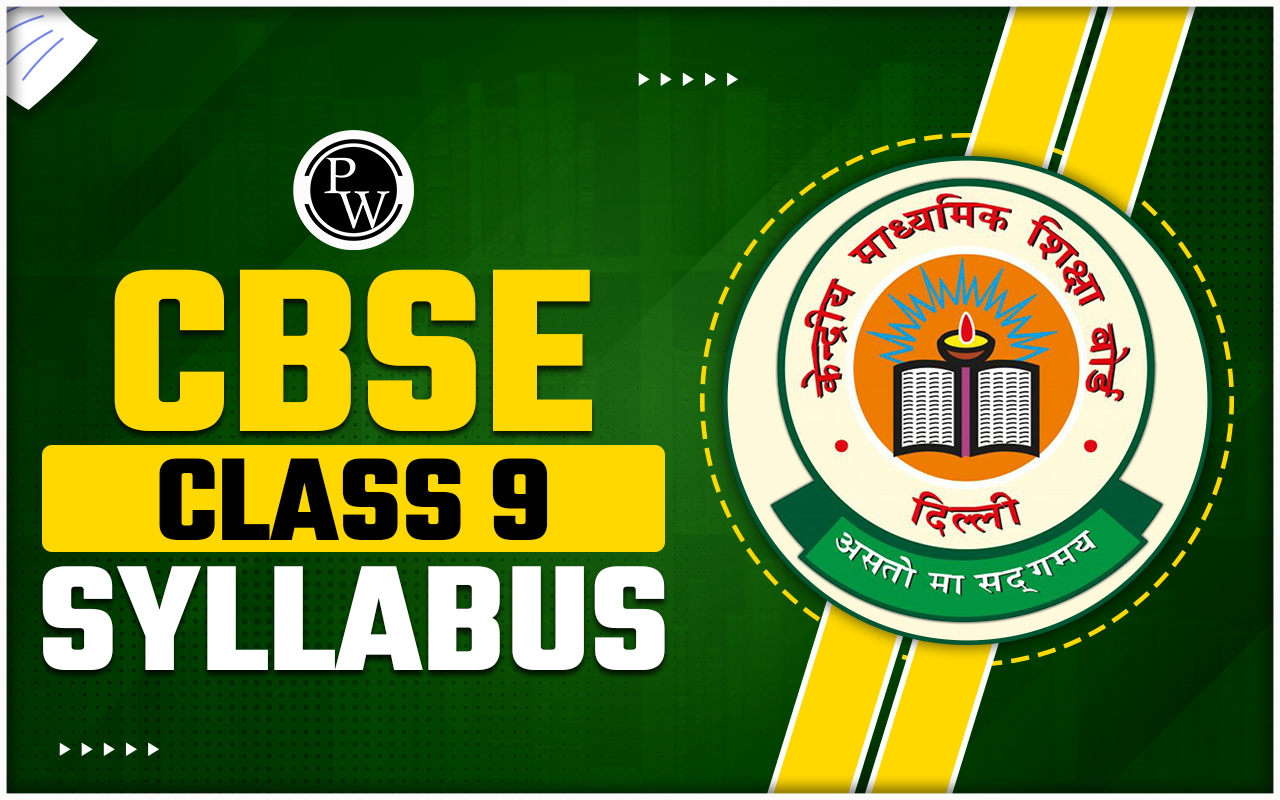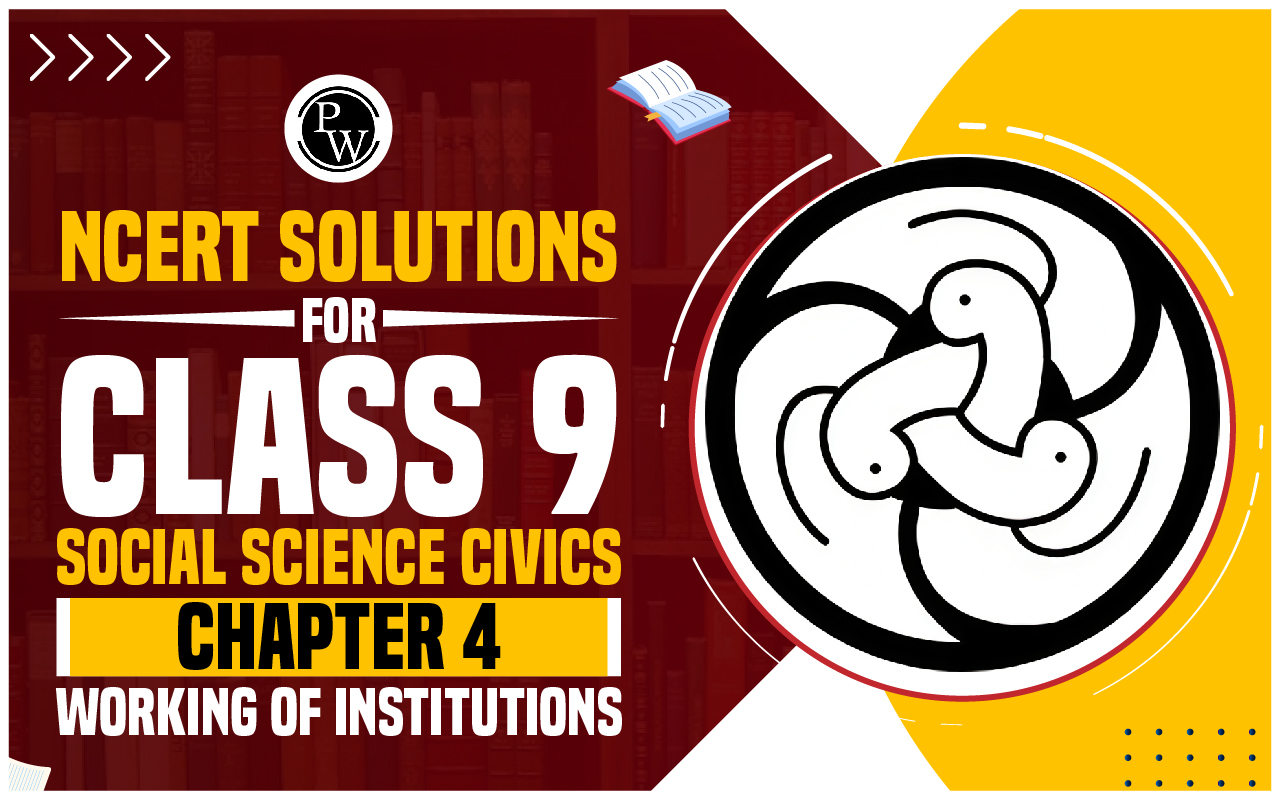
CBSE Class 9 Deleted Syllabus 2022-23: All of the Class 9 texts have been reviewed by the National Council of Educational Research and Training, or NCERT. The class 9 books' contents have been rationalised by NCERT. The textbooks' contents have been streamlined to take into account content overlaps with identical material included in other class sections as well as material covered in either the lower or higher class for the same subject. Verifying the content's degree of complexity was another criterion taken into account.
As a result, some important chapters and topics from the Class 9 NCERT Books have been removed. Here is a list of the chapters and subjects that were dropped from the class 9 textbooks.CBSE Class 9 Deleted Syllabus 2022-23 for Maths
The rationalisation of the syllabus content for 9 class students. This has been carried out in order to maintain the syllabus's alignment with the New Education Policy (NEP) 2020. The syllabus consists of six units: coordinate geometry, geometry, number systems, algebra, mensuration, statistics, and probability.|
CBSE Class 9 Deleted Syllabus 2022-23 for Maths |
|
| Chapter | Dropped Topics/Chapter |
| Chapter 1: Number Systems | 1.4 Representing real numbers on the number line |
| Chapter 2: Polynomials | 2.4 Remainder theorem |
| Chapter 3: Coordinate Geometry | 3.3 Plotting a point in the plane if its coordinates are given |
| Chapter 4: Linear Equations in Two Variables | 4.4 Graph of linear equations in two variables |
| 4.5 Equations of lines parallel–x–axis and y–axis | |
| Chapter 5: Introduction– Euclidean Geometry | 5.3 Equivalent versions of Euclid’s fifth postulate |
| Chapter 6: Lines and Angles | 6.5 Parallel lines and a transversal 6.7 Angle sum property of a triangle |
| Chapter 7: Triangles | 7.6 Inequalities in triangles |
| Chapter 8: Quadrilaterals | 8.1 Introduction 8.2 Angle sum property of a quadrilateral |
| 8.3 Types of quadrilaterals 8.5 Another condition for a Quadrilateral–be a parallelogram | |
| Chapter 9: Areas of Parallelogram and Triangles | Full chapter |
| Chapter 10: Circles | 10.1 Introduction |
| 10.2 Circles and its related terms: Review | |
| Circle through three points | |
| Chapter 11: Construction | Full chapter |
| Chapter 12: Heron’s Formula | 12.1 Introduction 12.3 Application of Heron’s formula in finding areas of quadrilaterals |
| Chapter 13: Surface Area and Volume | 13.1 Introduction 13.2 Surface area of a cuboid and cube |
| 13.3 Surface area of right circular cylinder | |
| 13.6 Volume of cuboid 13.7 Volume of cylinder | |
| Chapter 14: Statistics | 14.1 Introduction 14.2 Collection of data 14.3 Presentation of data 14.5 Measure of central tendency 14.6 Summary |
| Chapter 15: Probability | Full chapter |
CBSE Class 9 Deleted Syllabus 2022-23 for Science
The syllabus for CBSE Class 9 has been rationalised, as students taking the examination should be aware. To assist students in effectively preparing for their exams, we will be discussing the list of all the topics that have been removed from the syllabus. The board has removed almost 30% of the entire CBSE Class 9 Science Syllabus 2022–2023 syllabus.|
CBSE Class 9 Deleted Syllabus 2022-23 for Science |
|
| Chapter Name | Deleted Topics |
| Chapter 1: Matter in Our Surroundings | Box item titled ‘Plasma and Bose–Einstein Condensate’ |
| Chapter 2: Is Matter Around Us Pure? | 2.3 Separating the components of a mixture 2.3.1 How can we obtain coloured components (dye) from blue/ black ink? 2.3.2 How can we separate cream from milk? 2.3.3 How can we separate a mixture of two immiscible liquids? 2.3.4 How can we separate a mixture of salt and camphor? 2.3.5 Is the dye in black ink a single colour? 2.3.6 How can we separate a mixture of two miscible liquids? 2.3.7 How can we obtain different gases from air ? 2.3.8 How can we obtain pure copper sulphate from an impure sample? |
| Chapter 3: Atoms and Molecules | Mole concept |
| Chapter 7: Diversity in Living Organisms | Full chapter |
| Chapter 8: Motion | 8.5 Equations of motion by graphical method 8.5.1 Equation for Velocity–Time Relation 8.5.2 Equation for Position–Time relation 8.5.3 Equation for Position– Velocity |
| Chapter 9: Force and Laws of Motion | 9.6 Conservation of Momentum Activity 9.5, 9.6 Example 9.6, 9.7, 9.8 Box item ‘Conservation Laws’ |
| Chapter 9: Force and Laws of Motion | Following Box Items: a. Brief Description of Isaac Newton b. How did Newton guess the inverse–square rule? 10.7 Relative Density Example 10.7 |
| Chapter 11: Work and Energy | 11.3.1 Commercial Unit of Energy |
| Chapter 12: Sound | Box item titled ‘Can sound make a light spot dance?’ Box item titled ‘Sonic Boom’ 12.2.1 Sound Needs a Medium– Travel 12.5.1 Sonar 12.6 Structure of Human Ear |
| Chapter 13: Why Do We Fall Ill? | Full chapter |
| Chapter 14: Natural Resources | Full chapter |
CBSE Class 9 Deleted Syllabus 2022-23 for Social Science
Students getting ready for the CBSE Class 9 exams need to know that the syllabus has been rationalised in order to comply with the New Education Policy and support students' growth and development as much as feasible. To assist students in effectively preparing for their exams, we will be going over the list of all the topics that have been removed from the Social Science curriculum for the 9th class.|
CBSE Class 9 Deleted Syllabus 2022-23 for Social Science |
||
| Chapter | Page No. | Dropped Topics/Chapter |
| Chapter 4: Climate | 28, 29, 30, 31, 36 | Jet streams, western cyclonic disturbances, The Indian Monsoon, the onset of the monsoon and withdrawal and related Figs 4.1, 4.2, 4.3, 4.6 |
| Chapter 5: Natural Vegetation and Wildlife | 42–44 | Factors affecting the diversity of flora and fauna Fig 5.1 and Table 5.1 |
| Chapter 6: Population | 53, 58, 59, 60, 61 | Pointers regarding three major questions about population, age composition, sex ratio, literacy rates, occupational structure, health, NPP 2000 and adolescents |
Advantages of CBSE Class 9 Deleted Syllabus 2022-23
- Decreased stress and anxiety: Students will have less material to cover as a result of the shortened curriculum, which will assist lower tension and anxiety levels. For students who are already feeling overburdened by their workload, this is quite helpful.
- Better comprehension of fundamental ideas: Teachers are able to concentrate on the most crucial ideas in each topic because of the shortened syllabus. Students may have a greater comprehension of the subject matter as a result, which will aid them in their future academic endeavours.
- More time for extracurricular activities: Students now has more time to engage in extracurricular activities like dance, music, and athletics thanks to the shortened curriculum. In addition to giving kids a much-needed respite from academics, this might help them discover new interests and abilities.
- Reduced syllabus: Students won't feel as overburdened by the quantity of work they have to complete, which will encourage them to study more.
- Better grades: Since students will have more time to concentrate on the content and grasp the concepts, a shortened syllabus should benefit them.
- Better exam preparation: Because they will now have a more thorough comprehension of the material, students can better prepare for future exams thanks to the shortened curriculum.
CBSE Class 9 Deleted Syllabus 2022-23 FAQs
Can CBSE ask questions from deleted topics?
The chapters and topics which have been deleted from the CBSE class 10 syllabus will not be tested in the upcoming board exam.
How much syllabus is reduced for class 9?
The Central Board of Secondary Education, CBSE deleted a significant portion of the syllabus for Class 9. The deleted syllabus includes topics from all subjects and accounts for about 30% of the total syllabus.
Does CBSE give marks for attempting questions?
Yes. CBSE gives marks for attempting questions. However, it is completely dependent on the nature of the question, the tempter of the examiner, and your answer to the question. For example, if the question of the CBSE board exam is incorrect you can get marks for attempting that question.
🔥 Trending Blogs
Talk to a counsellorHave doubts? Our support team will be happy to assist you!

Free Learning Resources
PW Books
Notes (Class 10-12)
PW Study Materials
Notes (Class 6-9)
Ncert Solutions
Govt Exams
Class 6th to 12th Online Courses
Govt Job Exams Courses
UPSC Coaching
Defence Exam Coaching
Gate Exam Coaching
Other Exams
Know about Physics Wallah
Physics Wallah is an Indian edtech platform that provides accessible & comprehensive learning experiences to students from Class 6th to postgraduate level. We also provide extensive NCERT solutions, sample paper, NEET, JEE Mains, BITSAT previous year papers & more such resources to students. Physics Wallah also caters to over 3.5 million registered students and over 78 lakh+ Youtube subscribers with 4.8 rating on its app.
We Stand Out because
We provide students with intensive courses with India’s qualified & experienced faculties & mentors. PW strives to make the learning experience comprehensive and accessible for students of all sections of society. We believe in empowering every single student who couldn't dream of a good career in engineering and medical field earlier.
Our Key Focus Areas
Physics Wallah's main focus is to make the learning experience as economical as possible for all students. With our affordable courses like Lakshya, Udaan and Arjuna and many others, we have been able to provide a platform for lakhs of aspirants. From providing Chemistry, Maths, Physics formula to giving e-books of eminent authors like RD Sharma, RS Aggarwal and Lakhmir Singh, PW focuses on every single student's need for preparation.
What Makes Us Different
Physics Wallah strives to develop a comprehensive pedagogical structure for students, where they get a state-of-the-art learning experience with study material and resources. Apart from catering students preparing for JEE Mains and NEET, PW also provides study material for each state board like Uttar Pradesh, Bihar, and others
Copyright © 2025 Physicswallah Limited All rights reserved.
Get App

